Drawing? Visual media? My iPad? Who are they? Lately, my creative practice is entirely comprised of email and spreadsheets.
I went into this year with my major projects pre-determined. I’m very busy gearing up for 10 sidewalk murals; enjoying absolute, unchecked power as Medford’s City Council VP; and attending to some illustration and home mural side projects.
This is what I look like now.
Taking up most of my time is “Let’s Dance, Lowell!,” an eight-part mural series modeled off the dance diagram series I did in Roslindale in 2022. This time, we are turning up the community participation component turned up to 11.
From our community art walk for “Dance Your Way Downtown” in Roslindale in 2022.
I’ve put together a short deck about the project for potential participants and volunteers. If you or someone you know is based in Lowell, I’d love it if you shared this with them or forwarded this email. The plan is to involve as many locals as we can.
I’m using the royal “we” because while this is my project, I’m collaborating closely with the City’s Office of Cultural Affairs and Special Events. That office, along with the nonprofit Mosaic Lowell, have given me a lot of help getting started. Staff have been incredibly generous with their time and recommendations, introducing me to lots of people, groups, and various local movers and shakers. I’m incrementally building out a roster of creative and cultural organizations, neighborhood action groups, community liaisons and organizers, arts and youth workers, who I hope will be involved in the planning of these murals, or can help involve the communities they work with.
I also started this effort with a great briefing from Ranger Emily at the Lowell National Historical Park. Lowell NPS recently went through a truly in-depth, impressive and instructive community engagement process for the exhibit “One City, Many Cultures,” which explores the people, groups, objects, practices and stories that make up Lowell’s incredibly rich, detailed, layered cultural history. Five years of community work and roundtables went into designing this exhibit, which went up last fall.
Too often, community engagement and participation is pretty superficial, IMO. It is very hard to try and create something that strives to be representative, inclusive and resonant across a deeply heterogenous population. Total comprehensiveness, or creating something that everyone will feel good about, is not possible – so no matter what, you’re necessarily signing up for a certain level of disagreement, negotiation, tough decisions and compromise. It is very inspiring for me to see a project where this was done so ambitiously and so well – especially by a large and protocoled institution like the NPS that carries all the typical challenges of bureaucracy.
Not to mention, pins.
This exhibit is so good. Get up there! Tell them I sent you, I am really trying to make friends.
Which brings us back to my media du mois
…that being email and spreadsheets. Planning these two projects has been taking up almost all of my time on the art front. While painting probably won’t start before July, but I am networking like I never have before.
The goal of this endeavor is not just to end up with eight dance diagram murals (one slated for each residential neighborhood), but for residents to have a real opportunity to be involved in the process and meaningfully partake in decisions about the murals. I wrote to a potential (🤞) collaborator in Lowell yesterday: “We really want Lowell locals to be in the driver's seat as much as possible – re. where in each neighborhood a mural should go and what type of dance move would be a great fit for that community, all the way down to giving feedback on color palette, and test-driving the dance moves for ease and accessibility.” If in retrospect my role on this project was more facilitator/lead painter than decision-driver, I’ll be happy.
I have never done such extensive outreach for a project before (unless you count running for office), and I’m hopeful that I’m absorbing a lot that I can use going forward. There’s no shortcut for meeting people, and I’m trying to do a good job at setting up meetings, asking for folks’ perspective, asking for their recommendations about who else I should be meeting and talking to. I’m not sure if in the end it will feel like enough, but at some point soon it will be time to move on from the preliminary/networking stage into the “let’s gather up whoever we have for each neighborhood and start making some decisions” stage.
For as long as Lowell has been Lowell, it’s been a gateway city for new immigrants, and it remains home for many communities of various ethnic and national origins. There’s the affluent suburban neighborhoods where the mill owners lived in the industrial era; there’s dense urban areas; student areas; public housing. There’s the very active community of working artists in Lowell, curators and community galleries, youth artists and the adults who work with them.
Because of this tapestry, it feels critical to try and make sure that news and invitations about this series permeate as many groups, communities and pockets of Lowell as possible. I think it’s because I set the lofty goal of these murals being expressive of Lowell (principally through displaying work by Lowell choreographers, but also through community siting and input), I feel especially nervous about locals not feeling included, not communicated with, uninformed, whose idea was this anyway? I know from my experiences in both public art and public service (and from being, myself, a human person) how much it matters to know that you were consulted about something that’s happening in your space, or at least that someone from your neighborhood, group, etc., was consulted.
All that to say, I’m focusing on outreach with the goal of not connecting exclusively with the people that are the easiest to find.
Hold my beer, I’m going to talk about a book again
Being in touch with the community: I think about this concept all the time, in different phrasings, because of my political work. In any community, there’s some small (by the numbers, extremely small) percentage of people that are up on what’s happening, attend meetings, maybe serve on a board or commission themselves, know how to get in touch with decision-makers and frequently do so. Their feedback will definitely at least be heard, if not heeded.
Then there’s everyone else. For example, based on my records of phone/email conversations with constituents, and the average attendance at our meetings (0-5 people; infrequently we draw a crowd when we really piss people off), I estimate that in my time in office I’ve heard from 1,000 individual constituents, probably less, possibly quite a lot less. (That’s not counting me reaching out to people when I’m campaigning.) That is less than 2% of all adults in Medford. It includes the 25-50 people I hear from repeatedly. Are they representative of the community? Or are they just well-positioned to be heard?
Several years ago I read Thinking, Fast and Slow by Daniel Kahneman. The book is quite long and, shall we say, not exactly titillating, but one takeaway lives in my brain. “What you see is all there is,” or WYSIATI, is shorthand for how we (humans) are prone to over-weight the opinions or information that happen to be right in front us, while unconsciously ignoring, underestimating, or under-weighting anything else – or forgetting that any other perspectives might exist at all. Like with implicit bias, we think this way by wiring and not by choice – we have to remember that a lot of the thoughts that automatically occur to us are assumptions, not facts, and work to consciously counteract that.
I think about this often because it’s so applicable to our work on the City Council, as it is to any representative government (though as you go up the levels, corporate donations and gerrymandering are the more important distorting factors). With any decision, we could look at just the constituent feedback we happened to receive about it – from some fraction of that 2% that has the time and ability to get in touch – and call that being responsive to the community. But it wouldn’t be, not really. WYSIATI at work: you think you’ve “listened to the community,” but you neglected to consider what you’re not hearing, who’s not being heard.
Of course, most of the time when people ignore other people it’s on purpose, but it bugs me when people abuse the concept. I frequently hear other electeds say they “have concerns” because they’re “getting phone calls” about this or that, and they use that as a reason to gum up the works on a project that is overall positive and doesn’t deserve to be held up – when I know they’ve gotten the same 3 emails I have. What about everyone we didn’t hear from? Why should we assume they feel the same way, or have even been informed about this thing that might affect them?
This wouldn’t be problematic if being a squeaky wheel were an equal opportunity position, but we know it’s not. It’s known that people of greater means have more time for getting in touch with their reps, for attending meetings, for volunteering and serving on boards (and run for office), for staying up on what’s going on in the community. A friend of mine once framed it memorably to me as “underrepresentation” and “overrepresentation.” It’s our responsibility to listen to everybody. It’s also our responsibility to understand that some people are indeed overrepresented relative to other residents; and rather than assume that what we’re receiving is all there is, to connect with and include the priorities of the people we aren’t hearing from, as best we can.
Anyway, outreach in Lowell feels like a really important process and hopefully just designing and painting will feel super straightforward after all this. I’m deeply grateful, relieved and excited to connect with the people who are ready and eager to jump in. And, I hope the project ends up including many more people besides.
8+x = 10
The other two murals for this year follow the same dance diagram concept, set in Brookline – one in Coolidge Corner and one close by in Brookline Village. I won’t be doing the same intense community involvement process here – I simply worked with Town staff to pick the mural locations – but I’m still going to be recruiting and hiring local dancers to develop the moves that will be diagrammed and painted. In fact, I think the Brookline Arts Commission plans to start sharing my call for choreographers this week.
Do you know a Brookline-based dancer or dance teacher? Please, send them this form!
Emergency Casserole
While my cooking instincts continue to atrophy, it remains very important to this personal brand to keep sharing recipes at the end of these newsletters, no matter how ill-advised those recipes may be.
Picture this: You have a dinner party in two hours, you signed up to bring a side, and the fridge is nearly bare. What do?
Because you have opened your third eye and shed all your resentments, you have awakened to the fact that zucchini are the most versatile vegetable in the grocery store. You’ll need at least 3 for this.
Use a mandolin to slice all the zucchini up very thinly. Lay it out as flat as you can on a baking sheet or cutting board, and shake salt all over it. Preheat the oven to 375º or so. Leave the zucchini for 10-20 minutes for the salt to draw out the water, then soak up the moisture with paper towels and discard.
Put some oil in the bottom of a small baking pan (9”x9”, or similar circular). Jumble all those zucchini slices in there. Add more salt, pepper and a bit of oregano. Bake for a while – 25 to 30 minutes? Meanwhile, shred up whatever cheese you have – parm is great, shredded mozz is fine, no wrong answers.
Take it out, mix it around. Bake for another 20 to 25 minutes. Remove again and carefully drain out any excess liquid that has accumulated at the bottom of the pan.
If it looks like all the zucchini has evenly cooked (appears wilted, translucent), cover the surface with your shredded cheese. Place on the top rack if it wasn’t there already and bake until the cheese is melted and beginning to get golden. Serve warm.
I have zero desire to allocate more time to food shopping and cooking, but I do have a lot of desire for having dinner parties, so there you go. We can have our zucchini and eat it too, eh?
Thanks for reading!
If you enjoy this newsletter, please consider forwarding to a friend, or supporting me with a paid subscription.
Until next time,
Kit

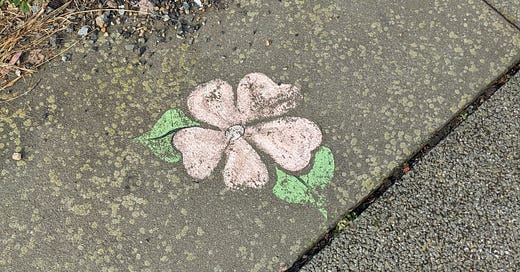


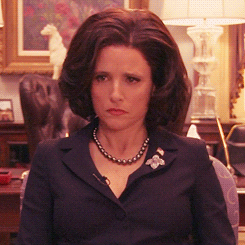
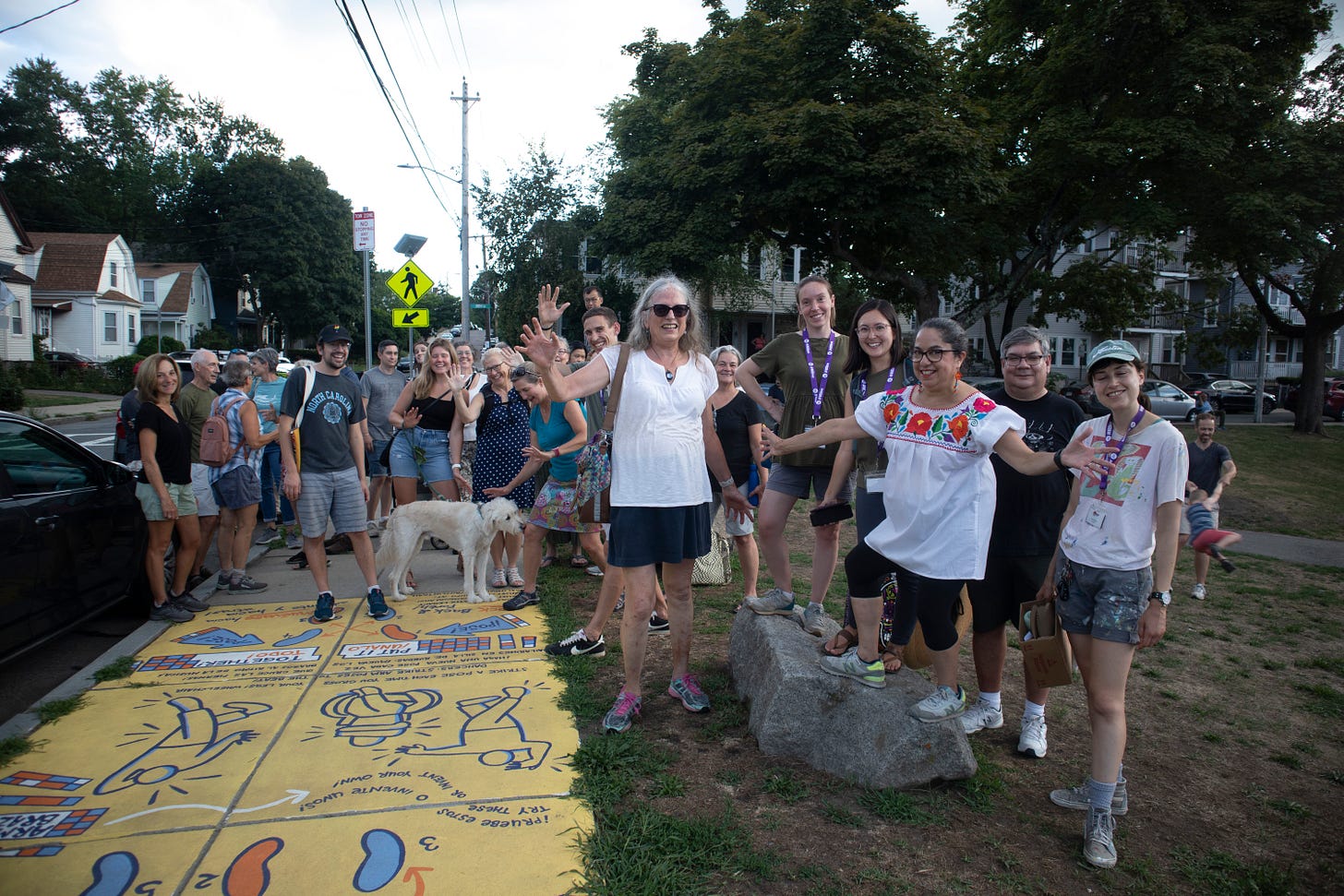

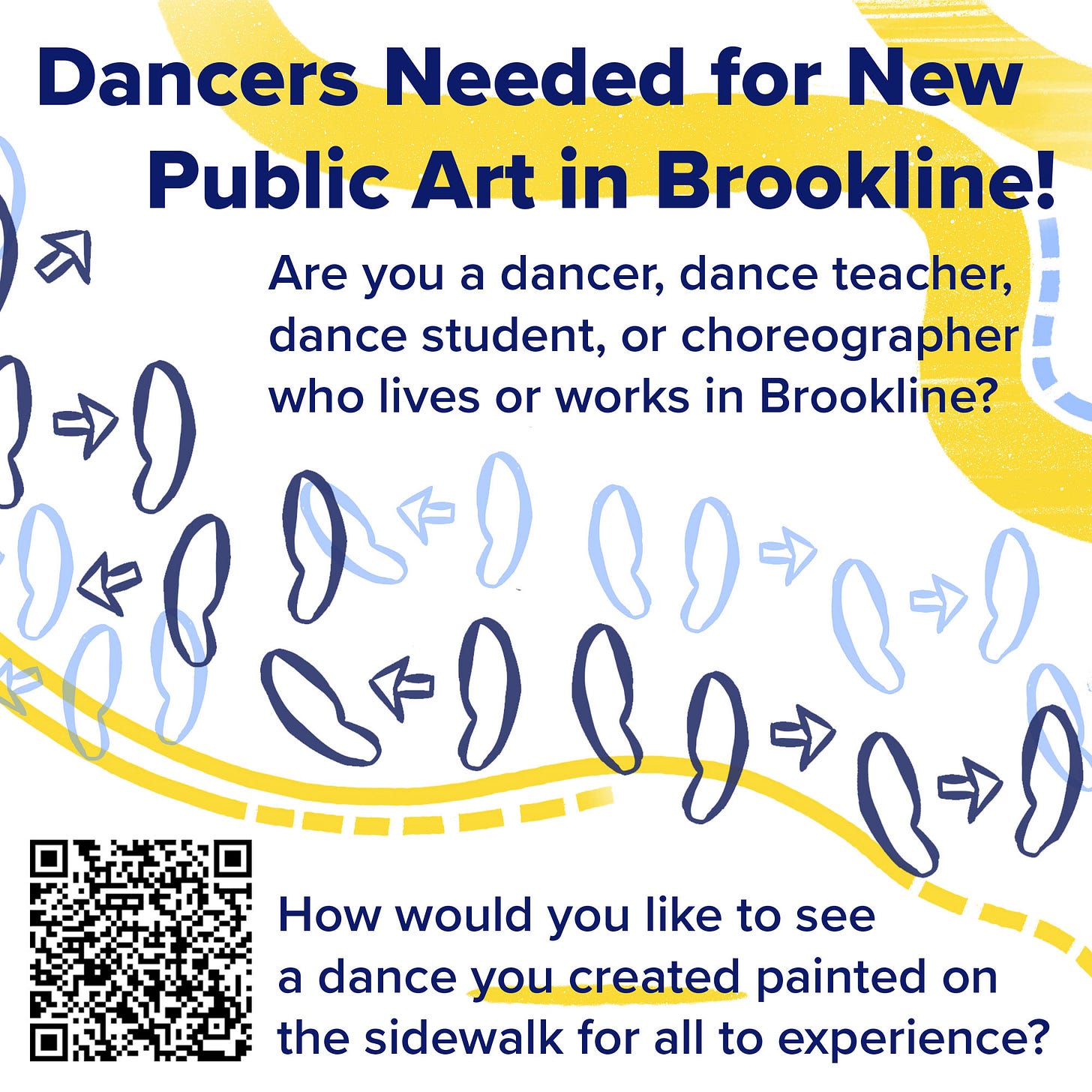
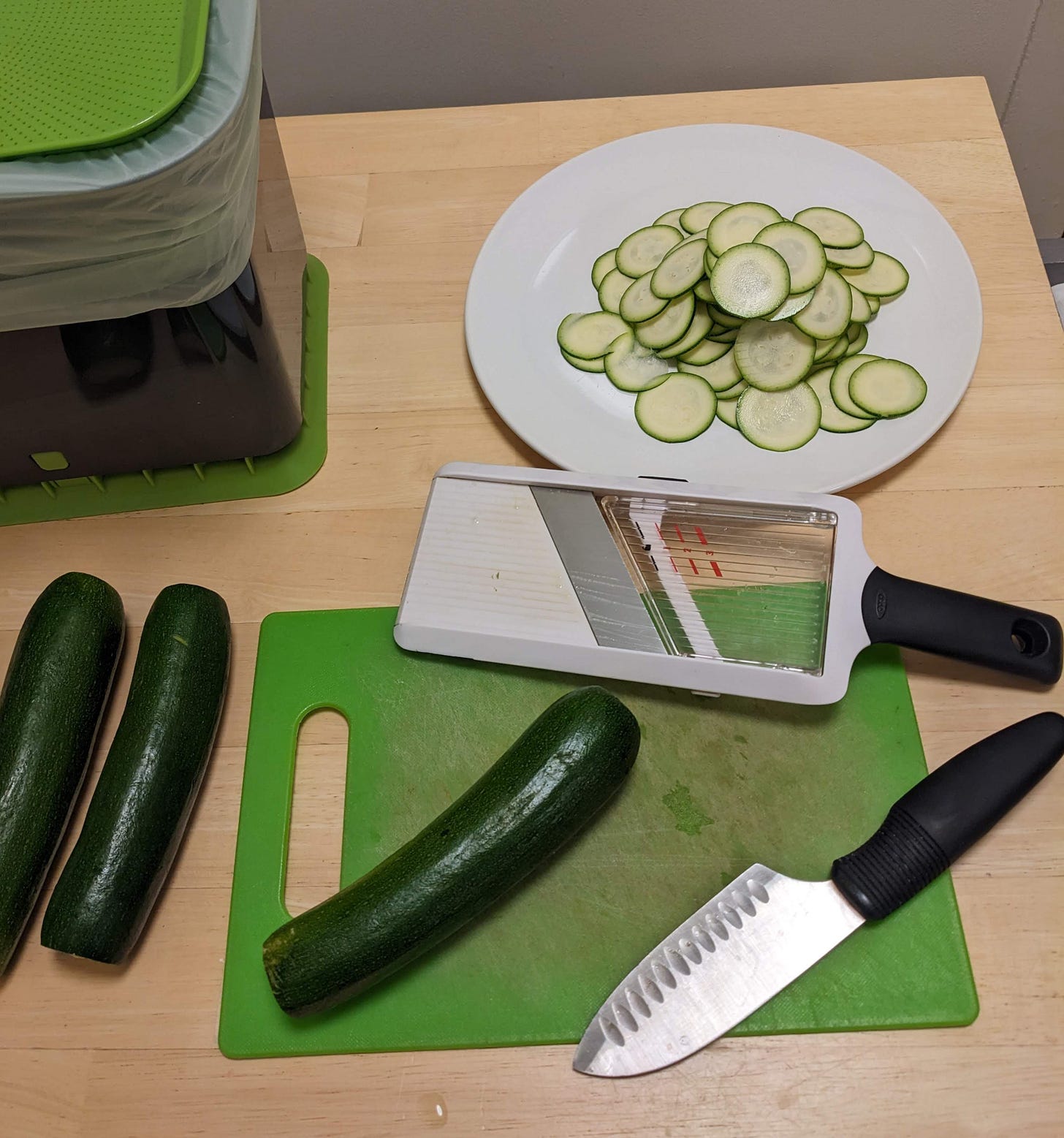
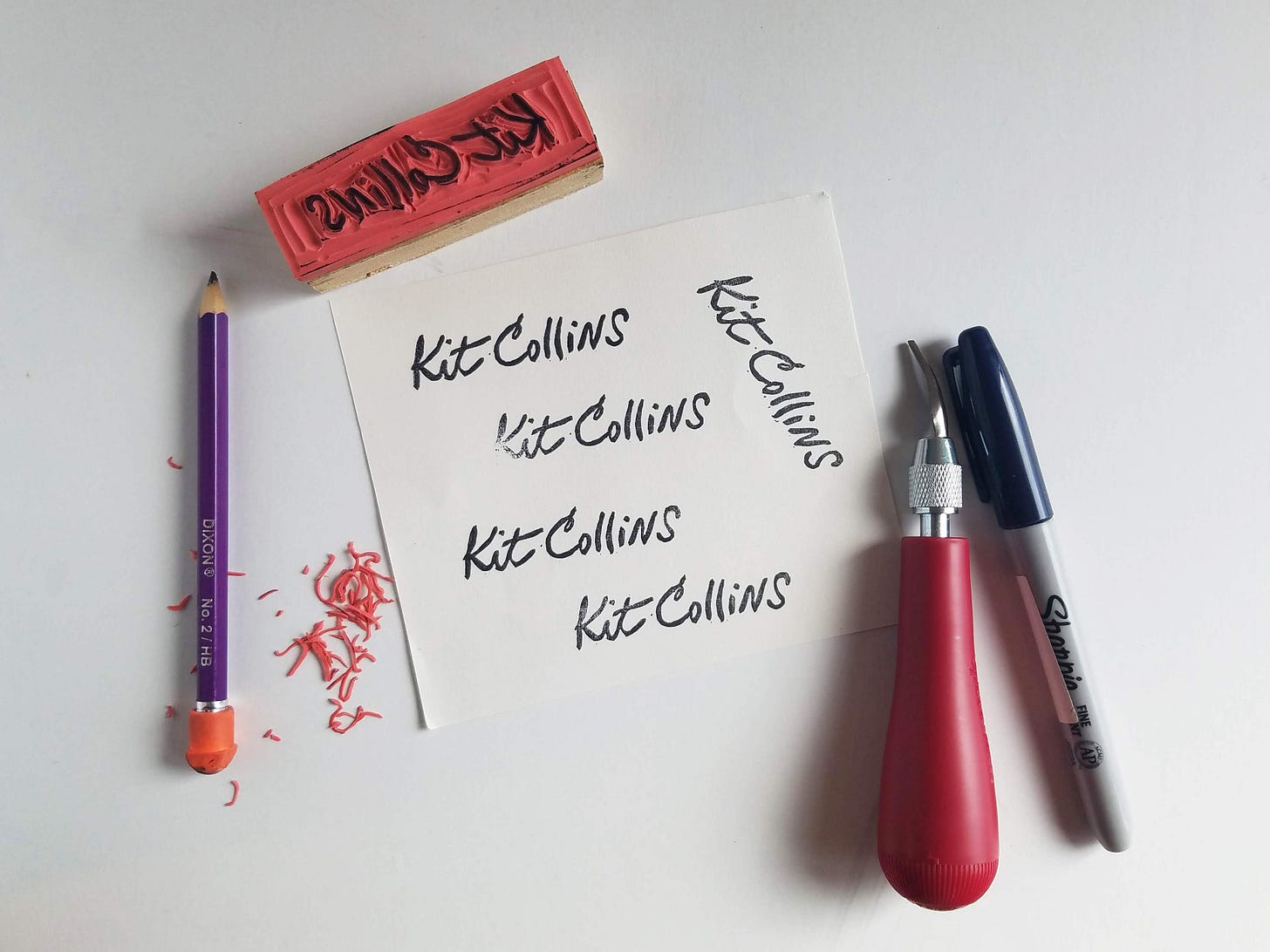
Kit, what a tremendously cool and important project! Very proud of you for putting in all the work to make it more representative of the community at large—the ones you have to work to find and involve. Can I be involved too? I saw the word MOSAIC and started salivating!! Tell me how…